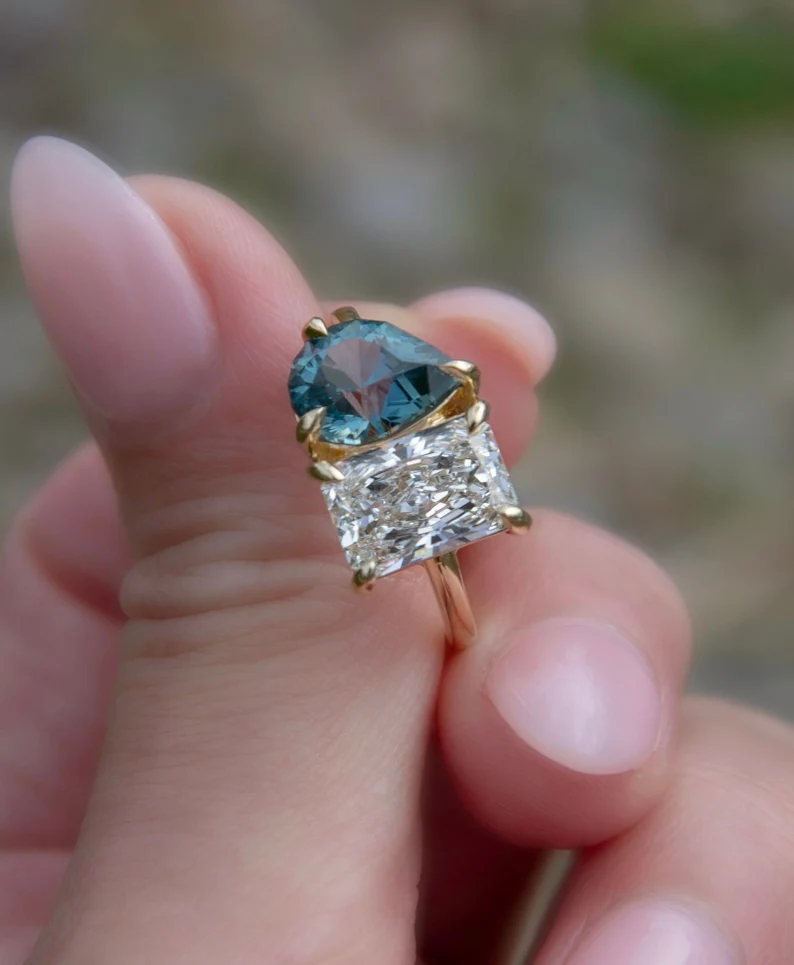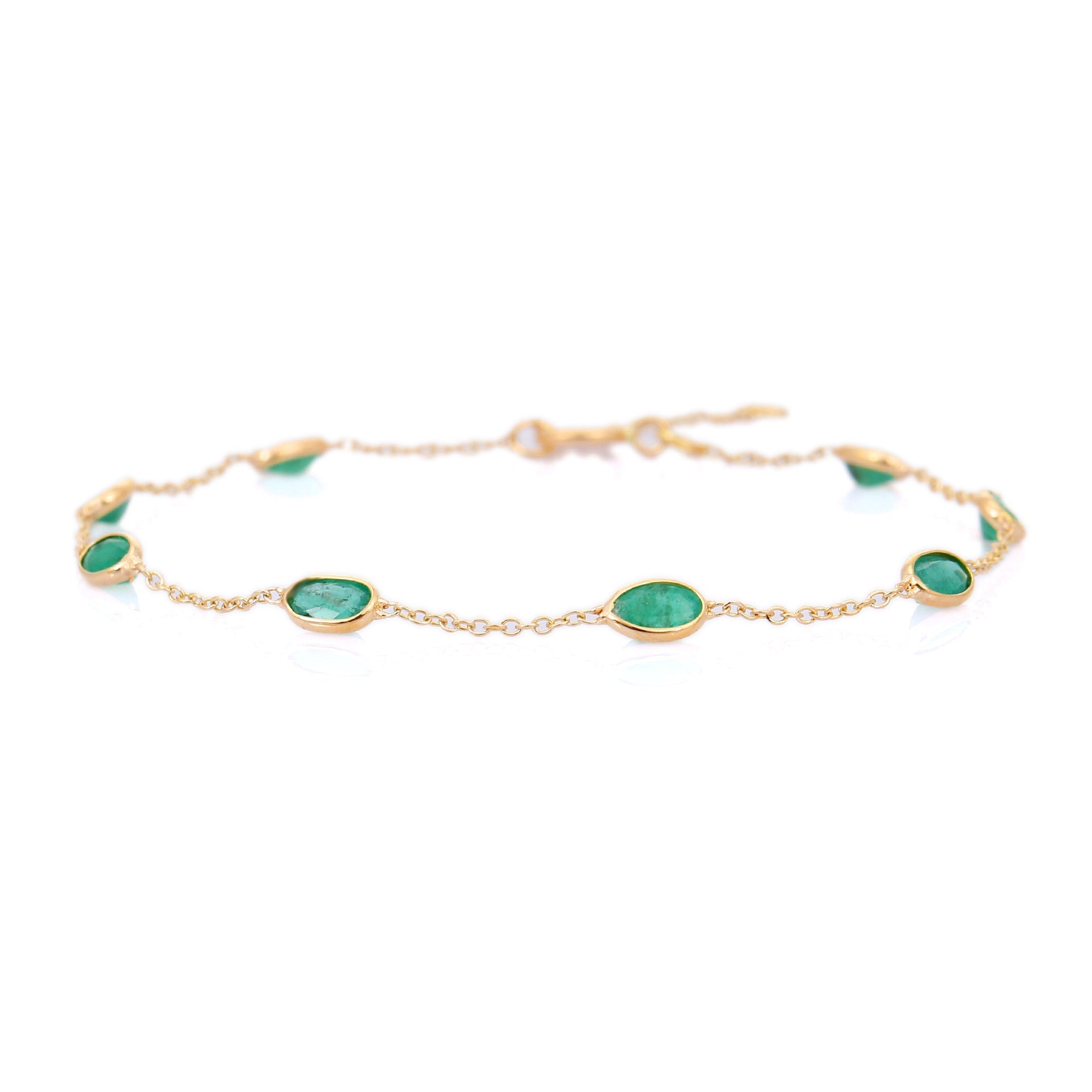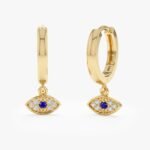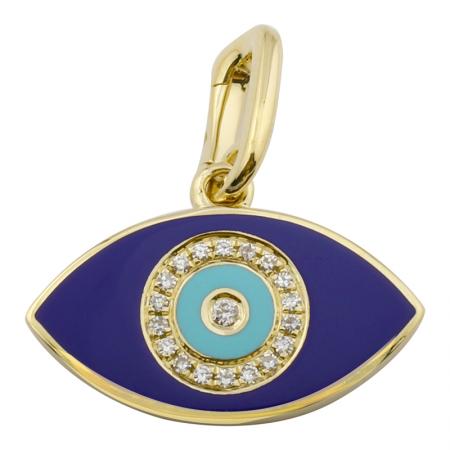Colored Stones on US Red Carpets: What’s Actually Wearable Daily

Red carpets show bold, dramatic colored-stone jewels. They look effortless on camera but not every showpiece suits everyday life. This guide explains which colored gems can handle daily wear — and why. I cover hardness, toughness, common treatments, settings, metal choices, and practical size examples so you can choose pieces that look red-carpet ready without constant repair.
What makes a colored stone wearable daily?
Two technical factors matter most: hardness and toughness. Hardness (Mohs scale) measures scratch resistance. Toughness measures resistance to chipping and breaking under impact. A stone with high hardness but poor toughness can still chip. You also need to consider cleavage (tendency to split along planes) and common treatments that change a gem’s surface or internal structure.
Why it matters: scratches dull color and luster; chips and breaks mean repairs or replacement. Treatments like fracture-filling or surface coating can reduce a gem’s ability to tolerate ultrasonic cleaning or household wear.
Best everyday colored stones (practical examples)
- Sapphire and Ruby (Corundum) — Mohs 9: Very scratch resistant and tough. A 1–3 ct sapphire (about 6.5–9 mm round) in a 14k or 18k gold low-profile setting is an excellent daily ring. Heated sapphires are common and stable; avoid fracture-filled stones for daily pieces because fills can be damaged by heat or chemicals.
- Spinel — Mohs ~8: No cleavage and good toughness. Spinel mimics ruby and sapphire color but is typically less expensive. A 2 ct (≈8 mm) spinel center in a 6-prong or bezel setting works well for everyday wear.
- Alexandrite — Mohs 8.5: Hard and reasonably tough. Its color-change property is stable. A 0.5–2 ct alexandrite in a protective setting makes a durable, distinctive daily ring.
- Diamond — Mohs 10: Best for everyday wear because it resists scratching. Fancy-colored diamonds offer color with unmatched durability. A 1 ct fancy yellow or pink diamond is a classic daily engagement choice.
- Tsavorite garnet and demantoid — Mohs 7–7.5: These garnets have good toughness for their hardness. They’re fine in rings if set low and protected by a halo or bezel.
Stones to avoid for daily rings or active wear
- Emerald — Mohs ~7.5–8 but poor toughness: Most emeralds are heavily included and usually oiled or fracture-filled. They chip easily at prongs. Fine for pendants and earrings, but avoid as a daily ring unless set in a protective bezel and worn gently.
- Tanzanite — Mohs 6–7: Brilliant color but brittle and prone to cleavage. Good for studs and necklaces; not for daily rings that see knocks.
- Opal, Turquoise, Peridot — Mohs 5–6.5: Softer, absorb liquids and chemicals, and can craze or fracture. Best for occasional wear or bezel-set pendants.
- Topaz — Mohs 8 but perfect cleavage: Scratches less but can split on impact. Avoid as high-traffic daily center stones unless you accept some risk.
Settings and metals: how design affects durability
Choice of setting and metal often matters as much as the gem. Use these rules:
- Bezel settings protect edges and are the safest for softer stones or active wear. They reduce snagging and distribute impact.
- Prongs: Four prongs show more stone but six prongs protect shapes with shallow crowns. For stones with cleavage (emerald, topaz), add a halo or bezel the girdle to shield edges.
- Low-profile mounts reduce leverage when the ring hits surfaces. High halos and tall crowns increase catch points and risk.
- Metal choice: Platinum (Pt950) holds prongs longer and resists bending — good for daily rings. 14k gold (58.3% gold) alloys are harder than 18k (75% gold) and therefore more practical for everyday settings that need durable prongs.
Size, cut, and real-life examples
Big stones look glamorous but are harder to wear daily. Use these practical size guidelines:
- Rings: 1–2 ct center stones (approx 6.5–8 mm round) hit the sweet spot — visible without being overly exposed to knocks.
- Stud earrings: Up to 2 ct per ear (≈8 mm) is wearable if the back is secure. Larger studs pull on the lobes and may require threaded backs.
- Pendants: Stone durability matters less for pendants. You can wear softer gems like opal or emerald pendants daily if they sit close to the chest and are bezel-set.
Example: a 1.5 ct Ceylon sapphire (≈7.5 mm) in a low bezel set in 14k white gold makes an engaging daily ring. The corundum hardness resists scratches; the bezel protects against chips.
Care and maintenance: what to expect
- Inspection: Check prongs and settings every 6–12 months. Loose prongs cause losses more often than stone breakage.
- Cleaning: Corundum and diamonds are safe in ultrasonic cleaners. Avoid ultrasonics for fracture-filled stones, oiled emeralds, and fragile gems like tanzanite and opal. Warm soapy water and a soft brush are safest for most colored stones.
- Household risks: Remove rings for gardening, gym, dishwashing, and chemical exposure. Even hard stones can chip when struck by metal or concrete.
- Insurance: Insure valuable colored stones and document treatments and origin when possible. That matters if a treated stone requires special repair.
Quick buying checklist
- Know the stone’s Mohs hardness and whether it has cleavage.
- Ask about treatments: heat, oiling, fracture filling, or coatings. Treated stones need specific care.
- Choose protective settings (bezel or halo) for stones under Mohs 8 or those with poor toughness.
- Prefer 14k gold or platinum for daily-prong durability.
- Pick realistic sizes: 1–2 ct for rings, up to 2 ct per ear for studs, larger for pendants only.
Red-carpet stones can be practical for everyday use if you match the gem’s physical properties to the setting and your lifestyle. Choose stones with the right hardness and toughness, protect them with the right setting, and plan for routine care. That way you get dramatic color every day — without constant repairs.




